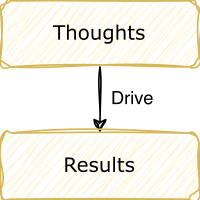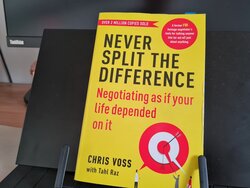
The “Thought Model” is a coaching model to steer a coaching conversation. It helps when the coachee wants to explore new ways of thinking about a problem, which in turn can lead to a changed behavior and the desired results. This post contains the digest of this model and a cheat sheet to ease the application in a conversation.

Coaching is a powerful approach to helping people solve their challenges and supporting their growth. To implement a coaching practice, it’s important to learn how to steer a coaching conversation and what concrete questions and tools can be used in each conversation phase. This post provides a concise and hands-on model and toolbox of the coaching questions and tools I gathered over the years. I compiled everything into a cheat sheet called the “Coaching Steering Wheel”.

One-on-Ones are one of the most important and powerful tools for leaders. If done well, they can help you to spot issues before they escalate, unblock, establish trust, foster a culture of mutual feedback, and ensure the growth of all participants. This post provides a template incorporating the principles for great one-on-ones to achieve this more easily.

I enjoyed reading the classic “Never Split The Difference” by Chris Voss. It contains many tools for negotiations but also for building relationships, trust and dealing with conflicts and emotions. That’s why it is very valuable for engineering managers. In this post, I summarize my key takeaways and lessons learned.

Good performance reviews should be as fair and objective as possible, communicate expectations clearly, and point out concrete areas of improvement. For this, we use a skill matrix as a systematic assessment tool containing skills tailored to the role of a software developer. This post is a hands-on guide to applying a skill matrix in practice.

1-1s are the most important tool for every team manager. If done right, 1-1s can support the report to grow, to become and stay happy, motivated, and productive. However, you need a certain toolkit for 1-1s. This toolkit contains different 1-1 types, records, questions, personal notes, journey maps, and software that can be applied in practice.

Traditional hierarchy-based feedback flows are limited as they don’t consider the useful feedback of peers. To improve this, I suggest a “Complete Peer Feedback” session: All team members come together and share their appreciation and growth potential for their peers. In this post, I present our experiences with this approach, why we are enthusiastic about it and how you can adopt it.

Employee journey maps are a tool for preparing and structuring staff appraisals. They trigger reflection processes and reveal the employee’s motivation. Moreover, they can lead to interesting insights as they compare the different perceptions of the participants. And the best is: You only need two sheets of paper and a pencil.







